Predominantly known as a bustling metropolis, many backpackers and city breakers are surprised to discover that the city of Berlin and its surrounding state Brandenburg are collectively home to a total of 3,000 lakes.
Berlin’s water is monitored regularly by the local public health department, and so visitors can rest assured that the lakes are safe for swimming.
READ ALSO: Is it safe to go swimming in Germany this summer?
And don’t be surprised to see Berliners bathing au naturel…. Freikörperkultur (FKK) is a significant aspect of the German lifestyle.
Whether you’re after some peace and quiet away from the hustle and bustle, looking for a way to cool off in the summer months, or are on the hunt for some hidden gems off the beaten path, here is our guide to Berlin’s best lakes.
Großer Wannsee
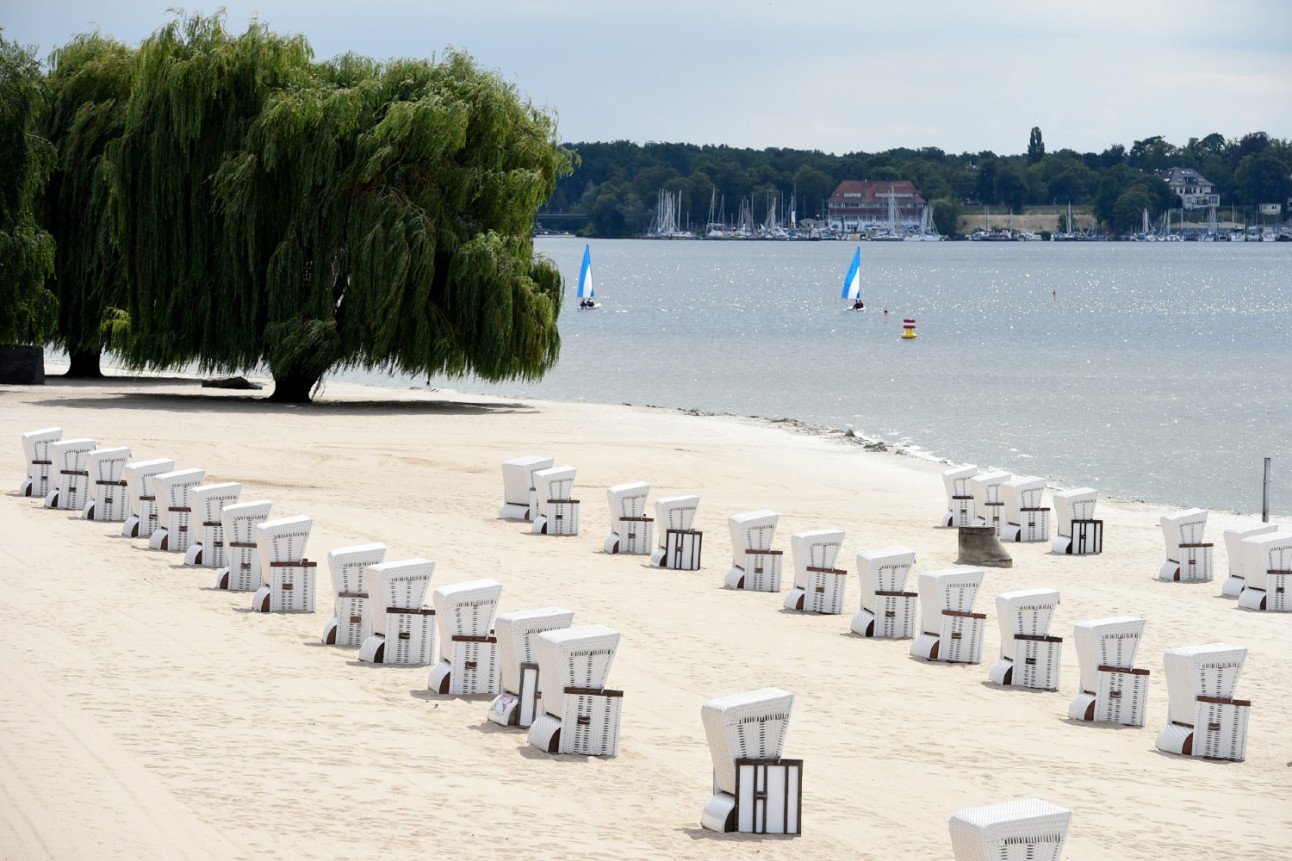
Photo: DPA
Kicking off with Berlin’s most popular waterside retreat, Großer Wannsee is located southwest of Berlin and is one of Europe’s longest inland beaches.
Built in the 1930s, Wannsee has long since enjoyed popularity with locals and tourists alike. The 80 metre-long beach is characterised by its white sand imported from the Baltic sea and the many 1920s-style, wicker beach chairs, known as ‘Strandkörbe’, which line the shore.
READ ALSO: Germany's top 10 most beautiful summer swimming spots
Pedalos and boats are available for hire, and the children’s playground makes this the perfect spot for families.
Getting there: Wannsee station is easily reached with the S-Bahn on lines S7 or S1, followed by a 10-minute walk to the lake.
Schlachtensee
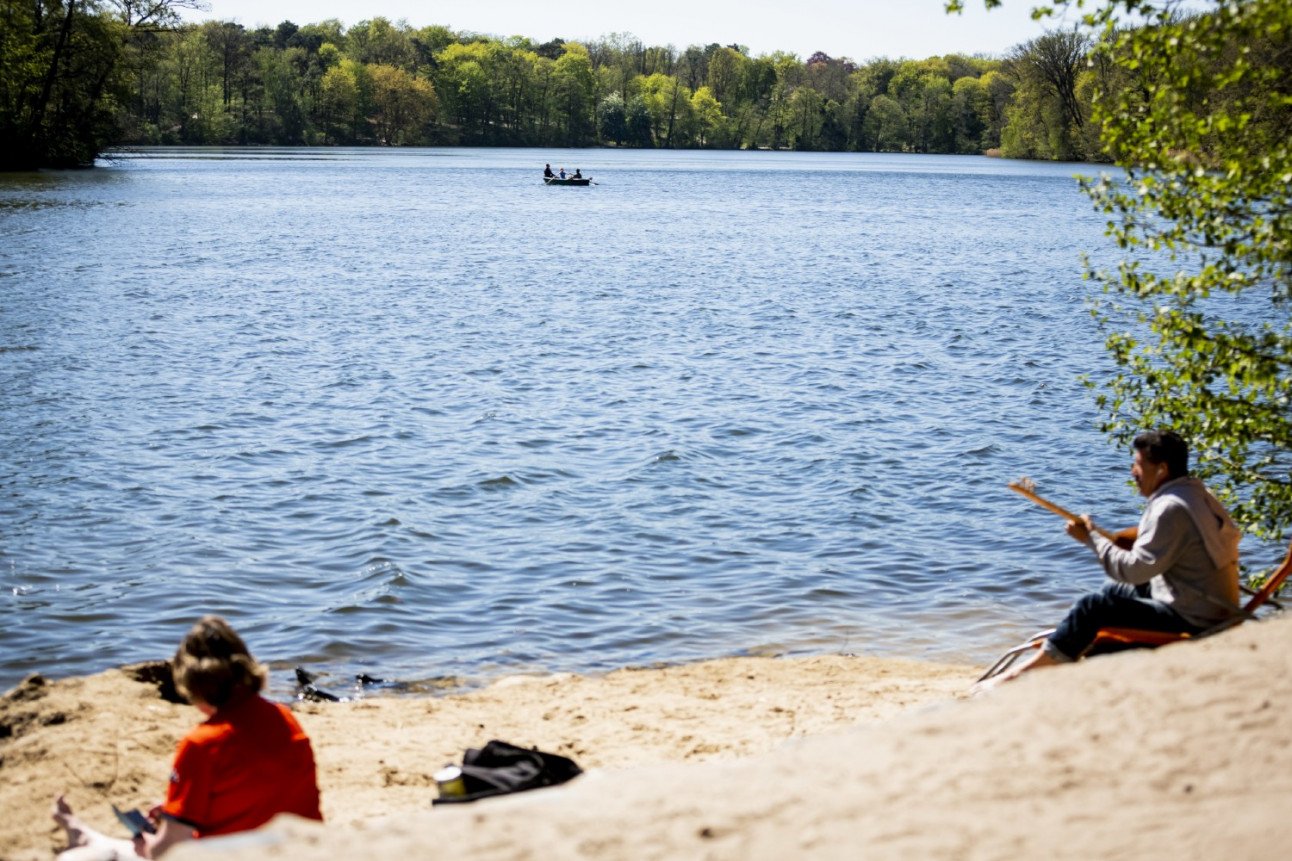
Photo: DPA
Nearby, Schlachtensee is a well-loved swimming spot and the largest lake within the Grunewald forest. An angler’s paradise, various different species of fish can be found in the waters.
Another unique selling point is the lakeside restaurant and beer garden, situated on the east bank.
Getting there: Take the S1 to Schlachtensee, where you’ll arrive almost directly at the lake.
Liepnitzsee
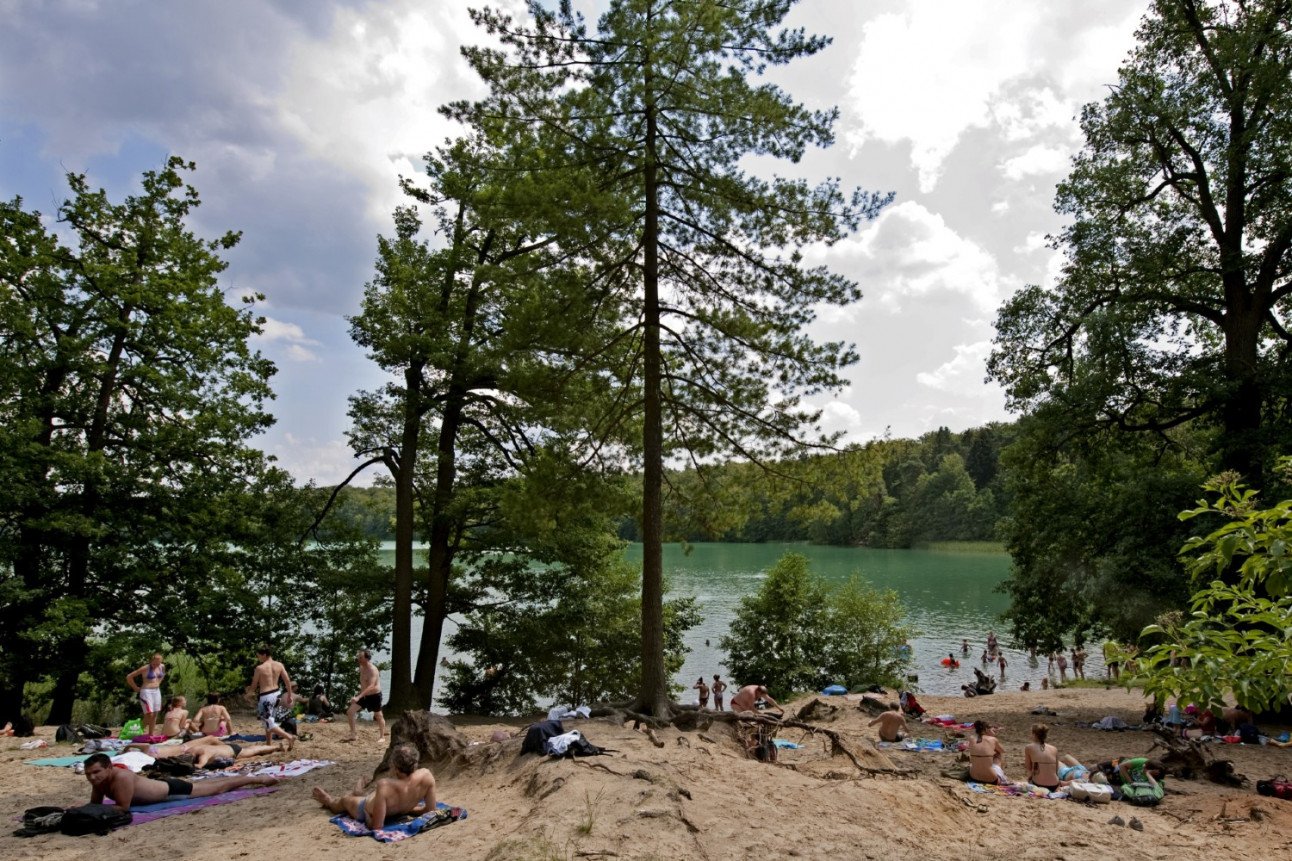
Photo: DPA
Hailed as the cleanest lake in Brandenburg, Liepnitzsee is known for its high water clarity and turquoise hue. Enclosed within a small forest, a shady spot is always within easy reach for those especially warm days in Germany’s capital.
Despite being slightly more further afield, the journey is well worth your while for the reward of a typically less crowded spot.
READ ALSO: A guide to Berlin's hidden swimming spots – from the woman who wrote the book on it
Getting there: Travel on the S2 to Bernau and either cycle the remaining 15 kilometres, or take the 903 bus to Ützdorf and walk a short distance to the lake.
Müggelsee
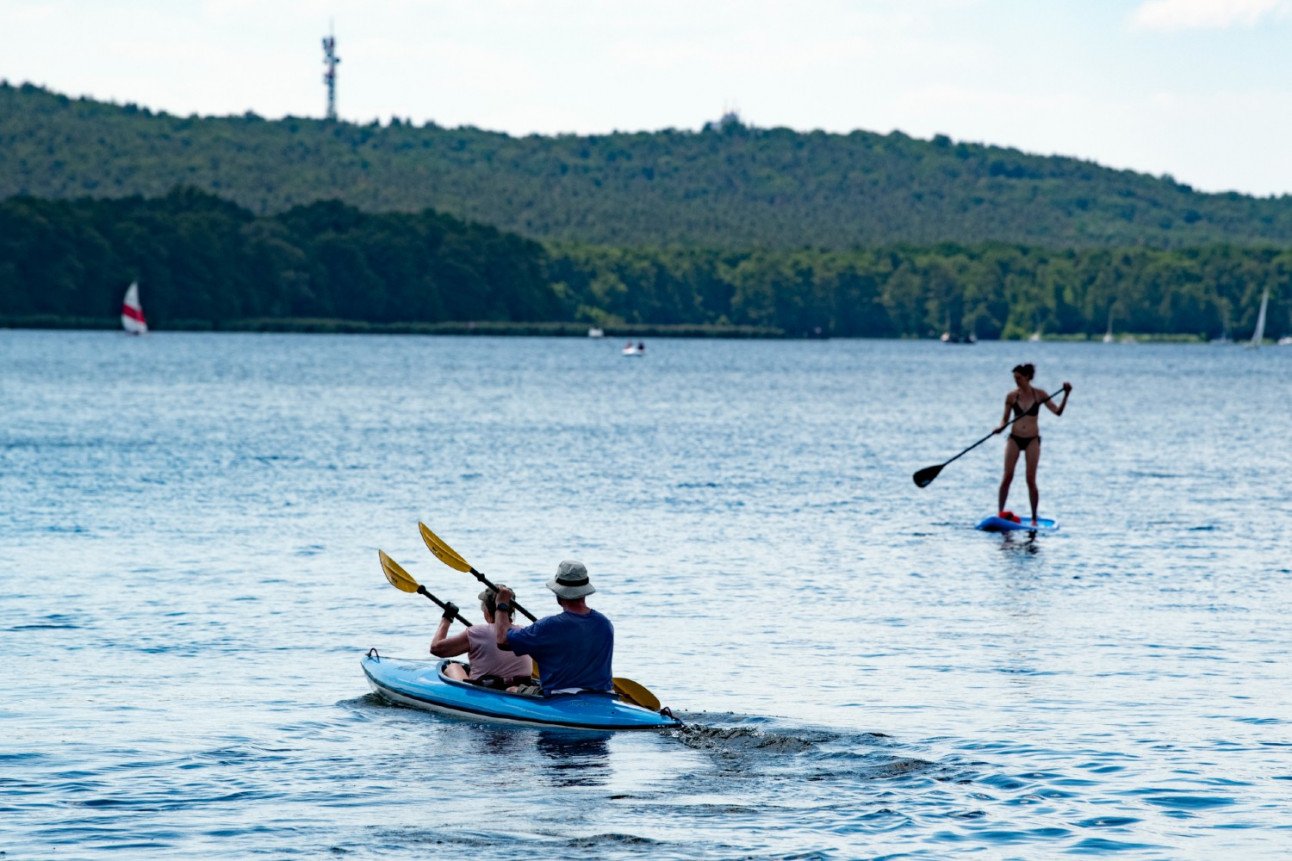
Photo: DPA
Popular among east Berliners, Müggelsee is the capital’s largest lake. With sandy beaches, tree-lined, shady spots and two concrete piers, Müggelsee offers a whole host of ways to relax in the sunny weather.
The lake is also popular for its watersports, with sailing and surfing both on offer.
Getting there: Take the S3 to Friedrichshagen
Krumme Lanke
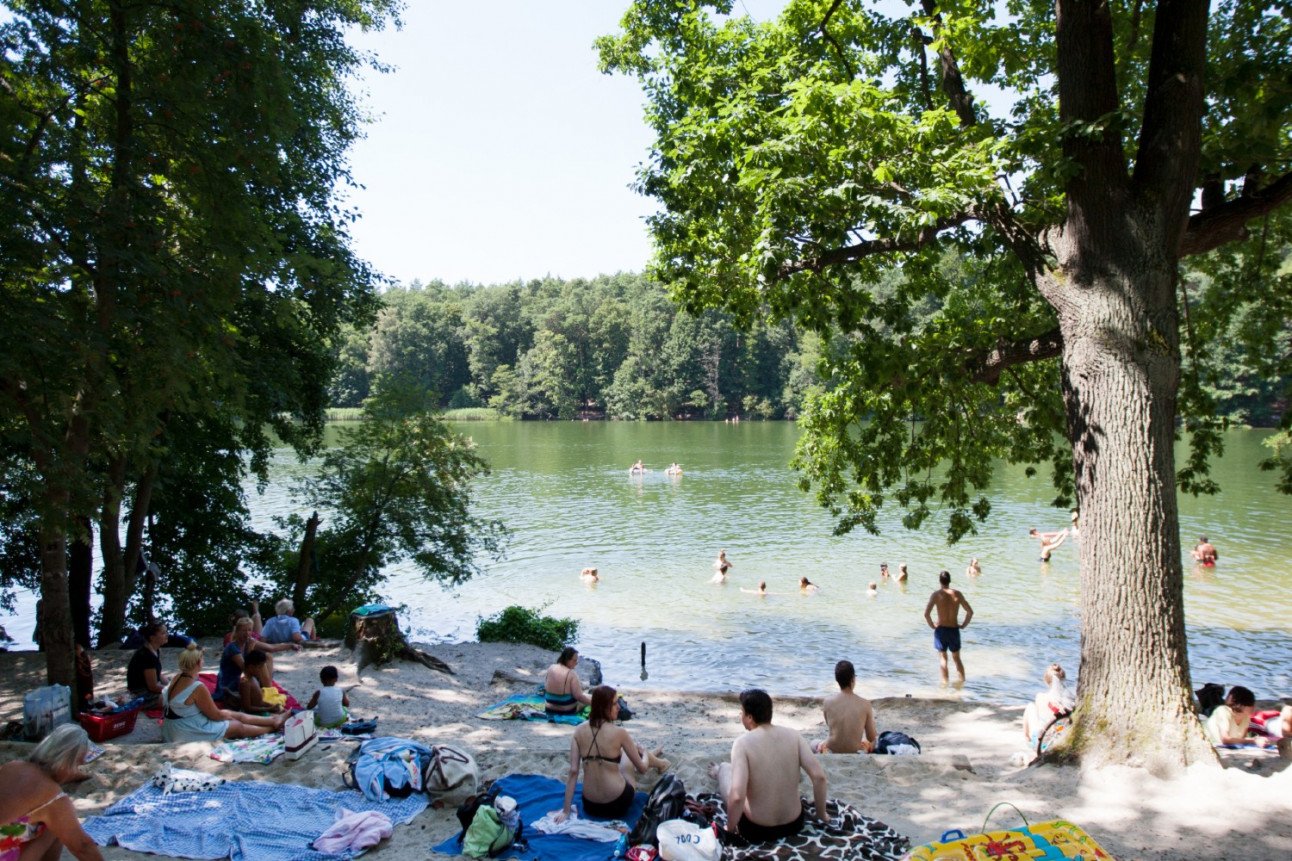
Photo: DPA
Popularly frequented by students from the nearby university, this lake is named after its uniquely curved shape and is located southwest of the city centre.
The circular path around the water makes this lake popular with walkers and joggers, while the surrounding lawns provide idyllic sunbathing and picnic spots.
Getting there: Arriving at Krumme Lanke on the U3, the lake is just a five minute walk from the station.
Tegeler See
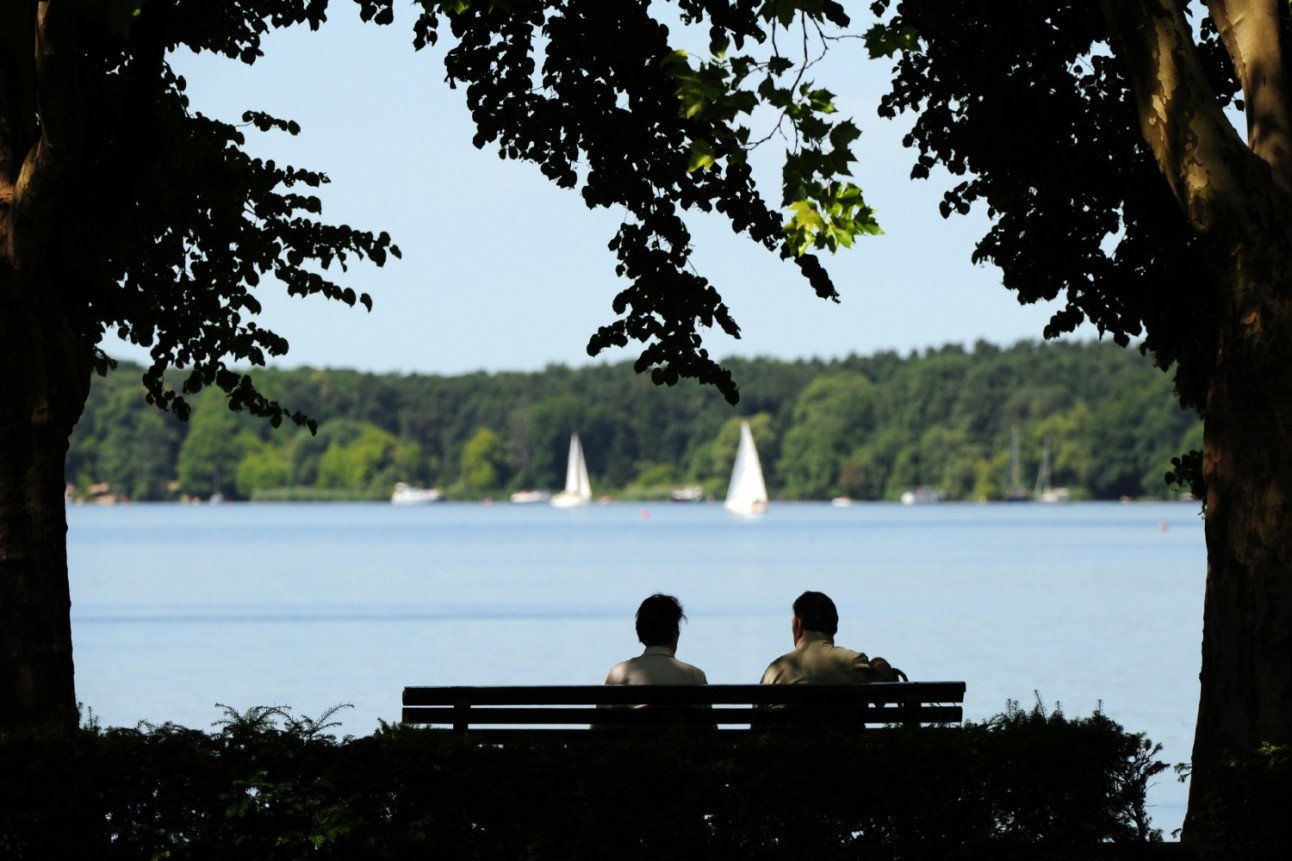
Photo: DPA
As the name suggests, Berlin’s second largest lake lies a stone’s throw from Tegel airport, offering city-dwellers seven islands and four, secluded bathing spots. You might even spot a plane or two flying overhead.
To the east of the lake, Greenwich Promenade is the perfect place for a quiet stroll or for renting a rowing boat. Alternatively, if simply sitting back and relaxing sounds a more appealing way to take in the sights, river cruises depart approximately every 30 minutes and take you back to the city centre, returning right to the heart of Berlin’s government district.
Getting there: Situated 20km north of the city centre, Tegeler See can be reached by travelling on the U6 to Alt-Tegel, where the lake is just a short walk away.
Plötzensee
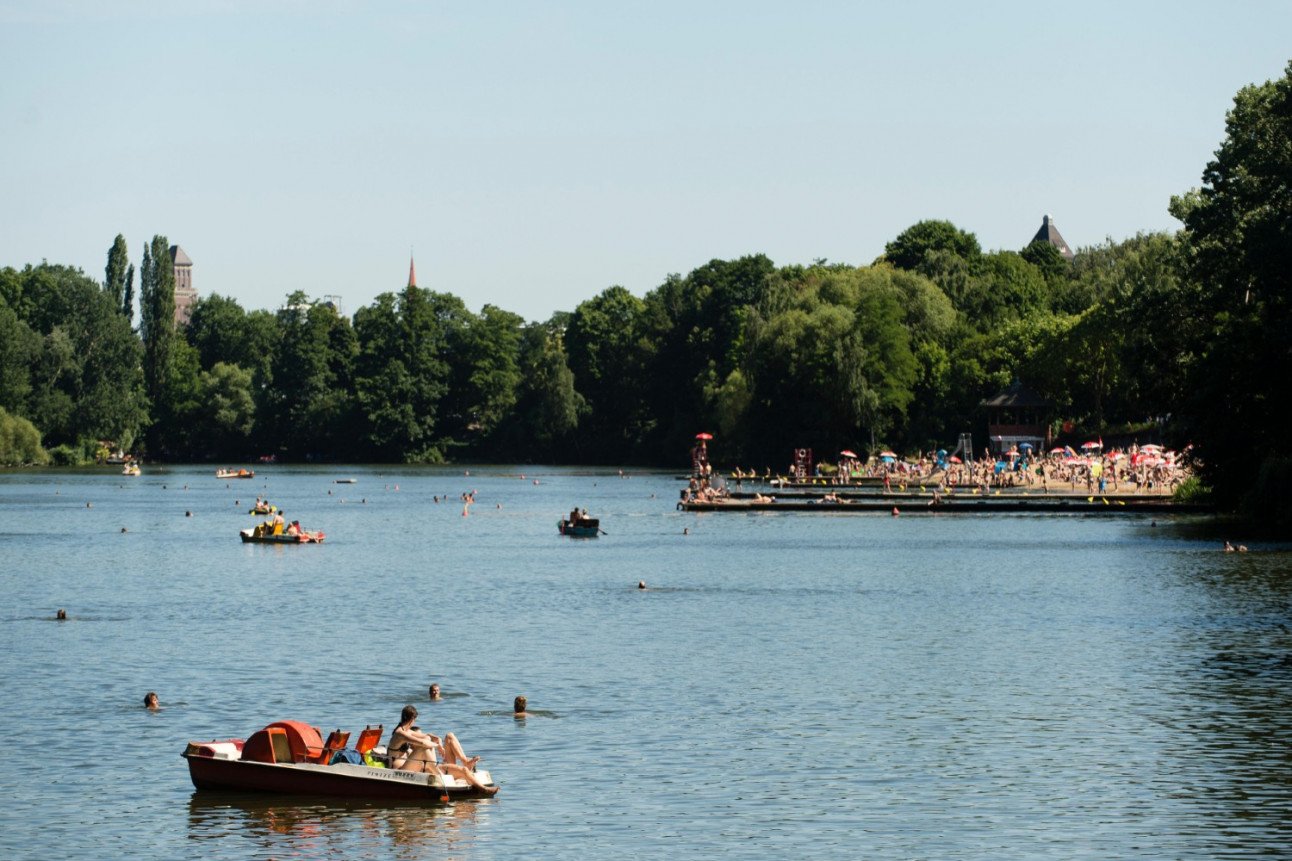
Photo: DPA
Situated in the district of Wedding, Plotzensee offers a tranquil escape not far from the city centre. With a beach spanning almost 800 metres, plenty of deckchairs and kiosks selling drinks and snacks, this lake poses Berliners the perfect getaway from the surrounding urban area.
Getting there: Take the U9 to Seestraße, then either the M13 or M50 tram to Virchow-Klinikum
Flakensee
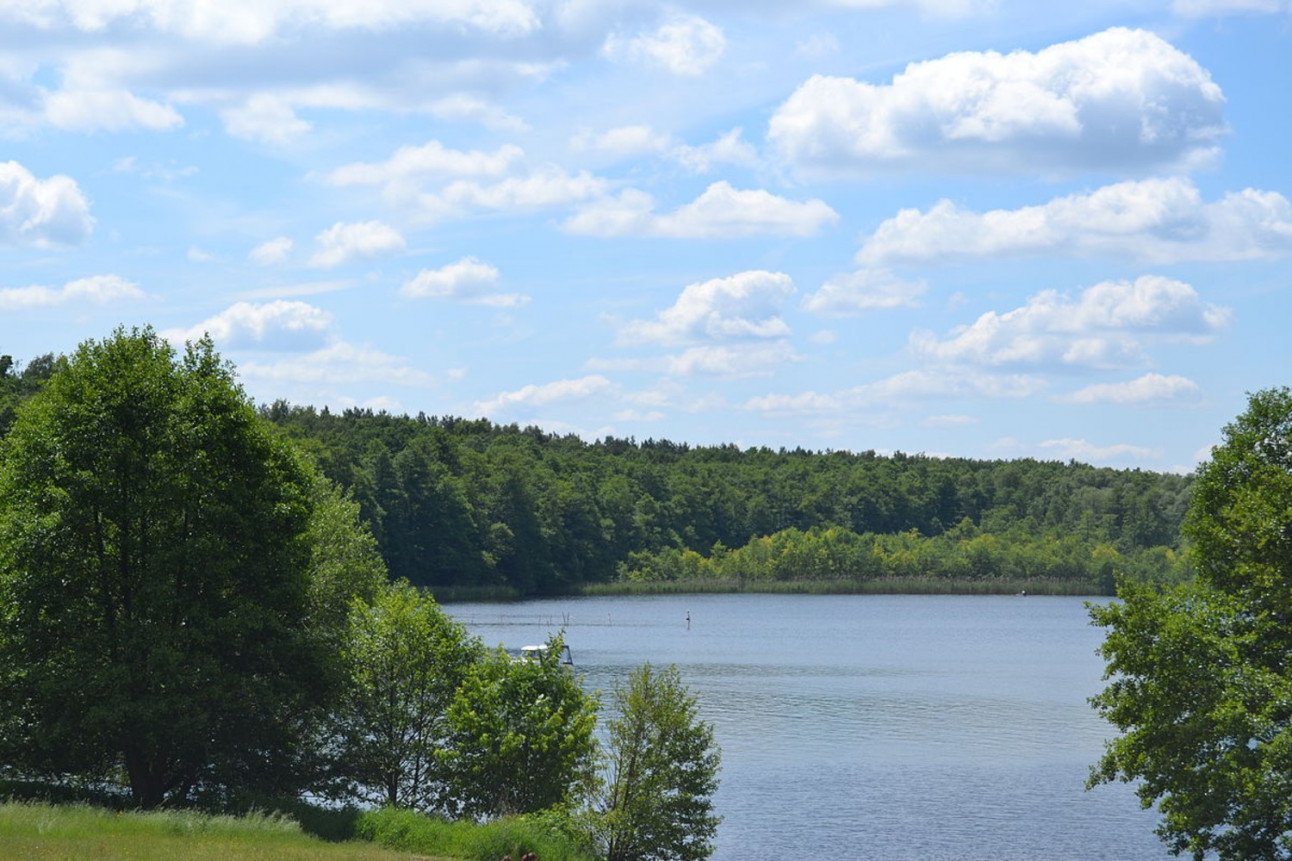
Photo: Wikimedia Commons / Marcus Cyron
With a small, sandy beach area leading to a bay enclosed by aromatic pine trees, this hidden gem in Brandenburg provides a taste of the Mediterannean in an otherwise urban labyrinth. Boats are often seen floating on the bay, and the lake is a prime spot for watersports due to its depth of up to eight metres.
Getting there: Take the S3 to Rahsdorf, and continue on tram 87 to Schleuse Woltersdorf
Heiliger See
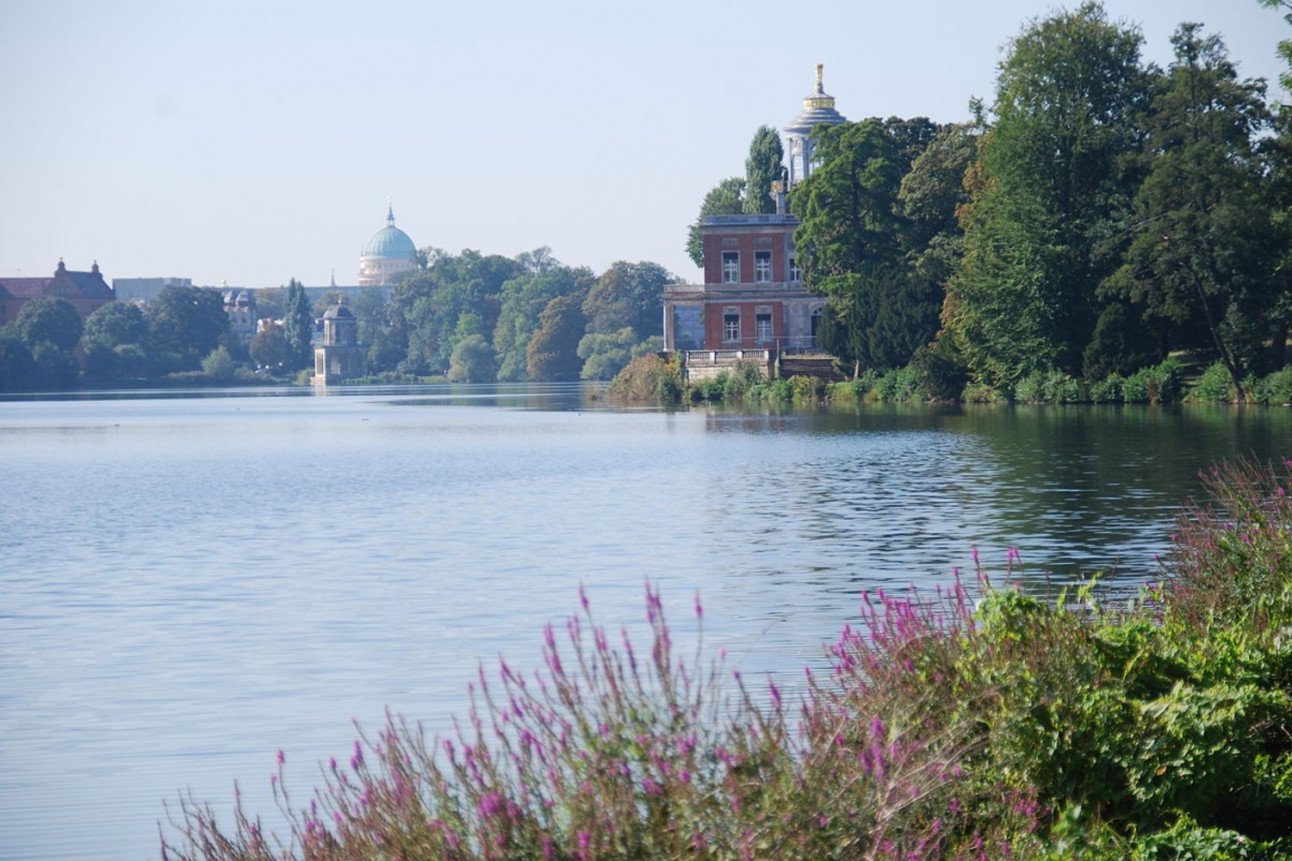
Photo: Wikimedia Commons / Matthias v.d. Elbe
At the heart of Potsdam, a cultural city with a rich history on Berlin’s northern border, Heiliger See offers a unique combination of architecture and landscape which makes for an idyllic day in the sun.
The lake stretches over 1 kilometer and offers picture-perfect views from its two sunbathing lawns, both of which offer direct access into the water.
Secluded and enveloped in history from all angles, the Cecilienhof Palace stands on the lake’s northern shore and the Marmorpalais (Marble Palace) on the western.
Getting there: Take the S1 to Potsdam Hbf., then tram 93 to Ludwig-Richter-Straße or bus 603 to Am Neuen Garten / Gr. Weinmeisterstr.

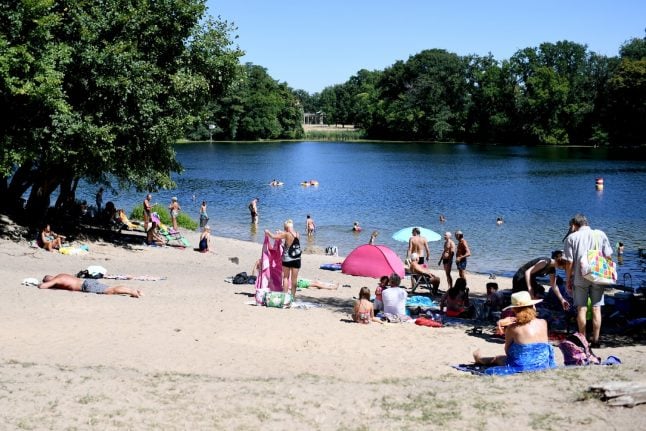

 Please whitelist us to continue reading.
Please whitelist us to continue reading.
Potsdam ist an den südwestliche Grenze von Berlin, nicht nördliche!
Potsdam ist an den südwestliche Grenze von Berlin, nicht nördliche!
Und die richtige S-Bahn ist normalerweise S7 nach Potsdam Hbf.